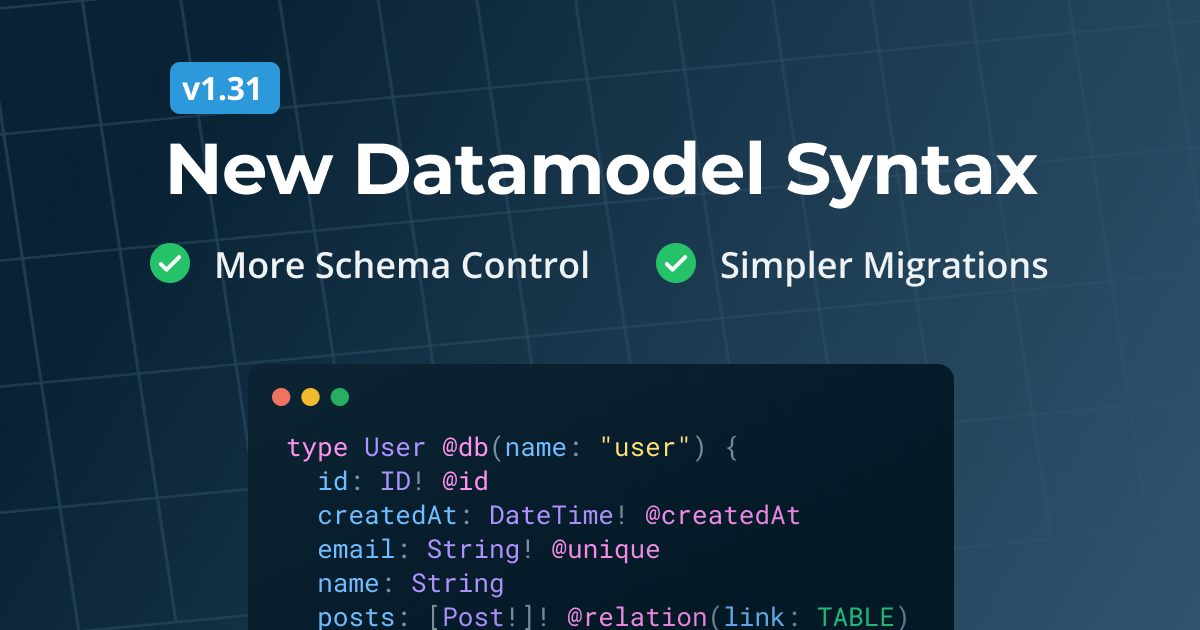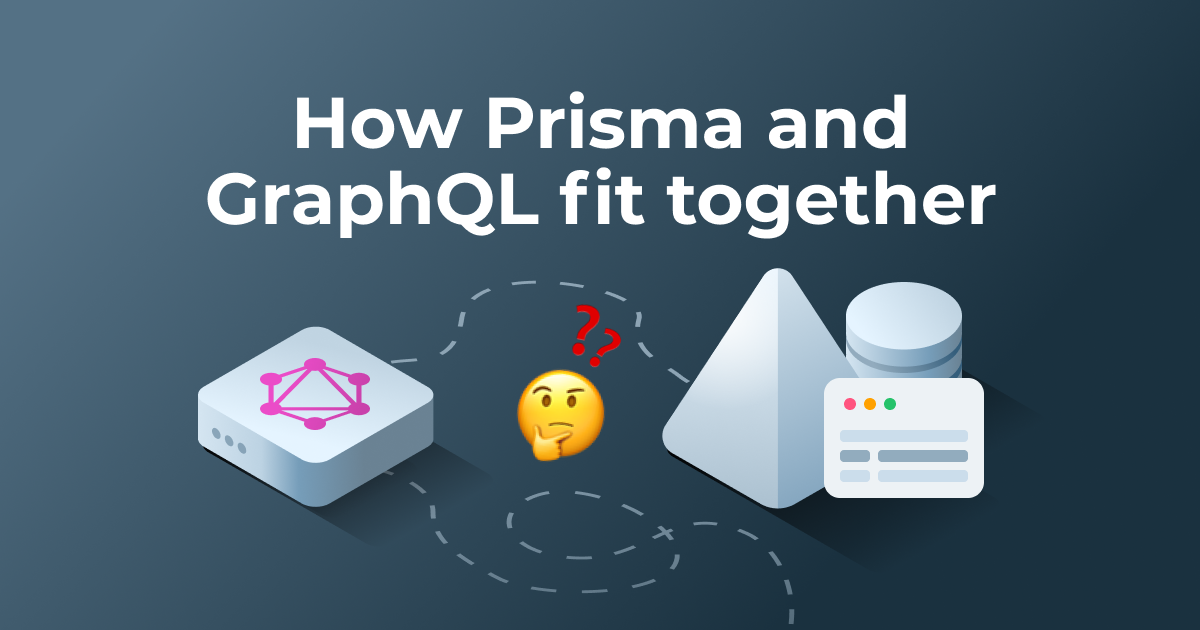May 01, 2017
GraphQL SDL — Schema Definition Language
GraphQL has its own language to write GraphQL Schemas: The GraphQL Schema Definition Language (SDL). SDL is simple and intuitive to use while being extremely powerful and expressive.

What is a GraphQL Schema Definition?
A GraphQL Schema Definition is the most concise way to specify a GraphQL schema. The syntax is well-defined and are part of the official GraphQL specification. Schema Definitions are sometimes referred to as IDL (Interface Definition Language) or SDL (Schema Definition Language).
The GraphQL schema for a blogging app could be specified like this:
type Post {
id: String!
title: String!
publishedAt: DateTime!
likes: Int! @default(value: 0)
blog: Blog @relation(name: "Posts")
}
type Blog {
id: String!
name: String!
description: String
posts: [Post!]! @relation(name: "Posts")
}
The main components of a schema definition are the types and their fields. Additional information can be provided as custom directives like the @default value specified for the likes field.
Type
A type has a name and can implement one or more interfaces:
type Post implements Item {
# ...
}
Field
A field has a name and a type:
age: Int
The GraphQL spec defines some built-in scalar values but more can be defined by a concrete implementation. The built in scalar types are:
- Int
- Float
- String
- Boolean
- ID
In addition to scalar types, a field can use any other type defined in the schema definition.
Non-nullable fields are denoted by an exclamation mark:
age: Int!
Lists are denoted by square brackets:
names: [String!]
Enum
An enum is a scalar value that has a specified set of possible values:
enum Category {
PROGRAMMING_LANGUAGES
API_DESIGN
}
Interface
In GraphQL an interface is a list of fields. A GraphQL type must have the same fields as all the interfaces it implements and all interface fields must be of the same type.
interface Item {
title: String!
}
Schema directive
A directive allows you to attach arbitrary information to any other schema definition element. Directives are always placed behind the element they describe:
name: String! @defaultValue(value: "new blogpost")
Directives don’t have intrinsic meaning. Each GraphQL implementation can define their own custom directives that add new functionality.
GraphQL specifies built-in skip and include directives that can be used to include or exclude specific fields in queries, but these aren't used in the schema language.


